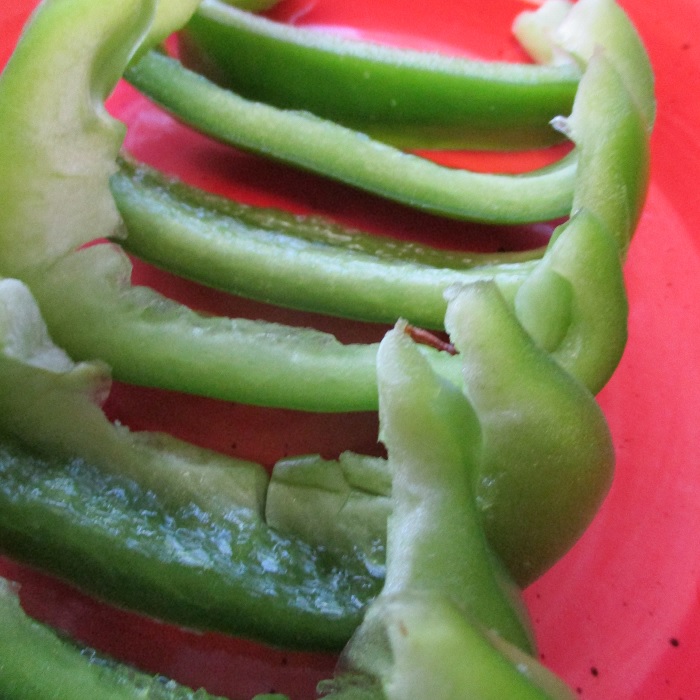UNITED STATES—’Zucchini’ is Italian for ‘little squash.’ They certainly can grow to become big squash, but by then, they do not taste so good. They are best before they get to about six inches long. As they mature, they get bitter and tough, and the seedy pulp within develop an unappealing texture. Maturing zucchini also waste resources that would otherwise go to the development of more younger zucchini.
Other summer squash, as well as cucumbers, should likewise be harvested while young and tender, not only because the juvenile fruits are best, but also because the plants are more productive if regularly deprived of developing fruit. Patty pan squash should be only about three inches wide. Except for lemon cucumbers, most cucumbers should be uniformly deep green, before yellowing.
Green beans, even if they are purple or yellow or some other unnaturally weird color, should be harvested while still lean and smooth, before they get lumpy from the developing seeds within. Lumpy beans, although preferred for some types of cuisine, are a bit starchier, and a bit firmer. Just like squash and cucumber, bean vines are more productive if the fruits are harvested regularly.
Shelling beans that remain on the vines until they mature completely are of course completely different. They should probably be harvested faster than birds and rodents take them, but need not be rushed otherwise. The same applies to black-eyed peas, sunflower seeds and popcorn, or any other dried corn. However, these sorts of vegetables are uncommon in local vegetable gardens.
Fresh corn is ready when the formerly light green silk protruding from the end of each ear is brownish tan. By the time the silk dries out, or the husks start to yellow, the corn within will be starchy. Blunt ears are better developed than more tapered ears. Because it wants so much water, fertilizer and space, corn should not be as popular as it is; but some of us like it fresh from the garden.
Although, it last a good while, corn really should be eaten as soon as possible after harvest. Flavor and texture start to deteriorate as soon as the ears are separated from the stalks. Likewise, tomatoes, peppers and eggplants are best straight from the garden as soon as they ripen and get to their best color. Refrigeration slows decay, but accelerates deterioration of flavor and texture.
Highlight: bell peppers
The weather here is excellent for growing all sorts of fruits and vegetables, but is not exactly ideal for bell peppers. Cool nights between warm days are comfortable for us, but limit production of even the healthiest and most robust of plants. Although they like warm nights, the fruit can be sensitive to hot days, and can even get scalded. Bell pepper plants like rich soil and regular watering.
Bell peppers lack capsaicin, which causes other peppers (‘chiles’) to be distinctively ‘hot.’ The fruits of the more popular varieties of green bell pepper are generally harvested while immature, but would otherwise ripen to red. However, most popular red bell peppers are different varieties that produce somewhat elongated fruits with milder flavor. Other varieties produce orange or yellow fruits. Uncommon purple, lavender, brown and white bell peppers are just . . . weird.






